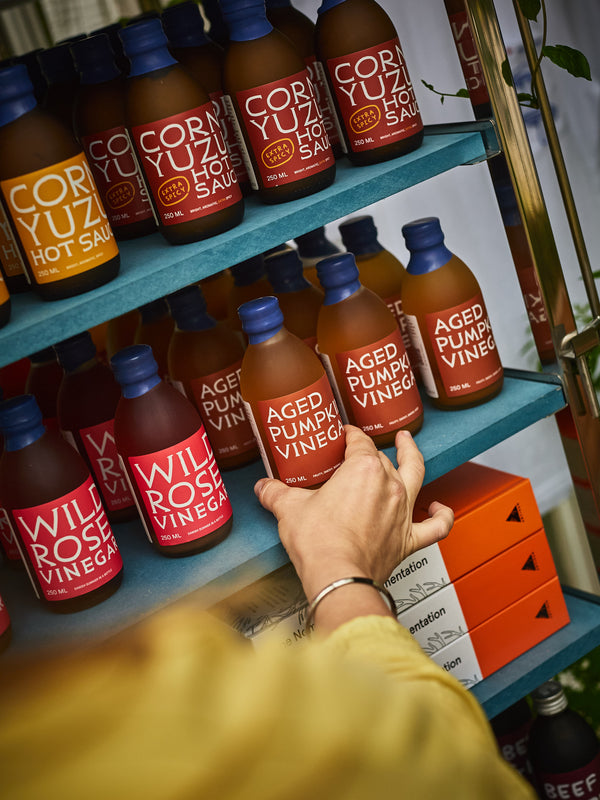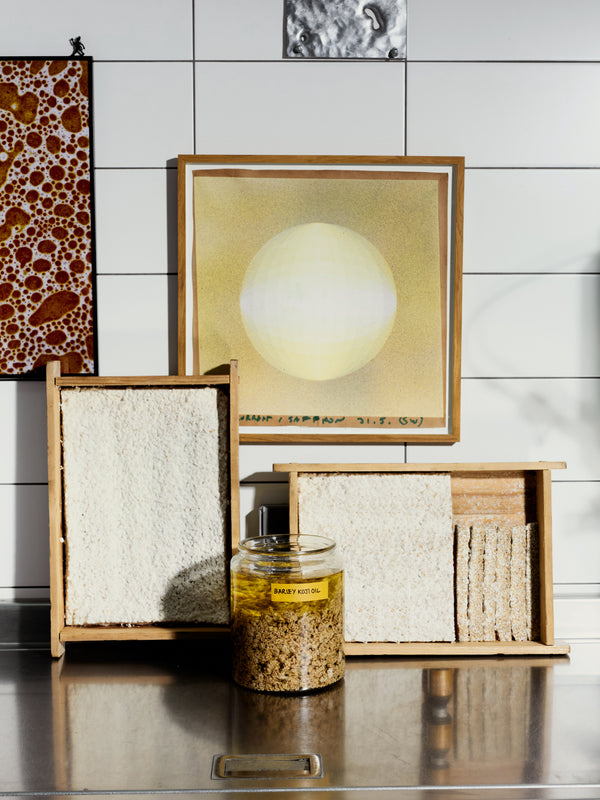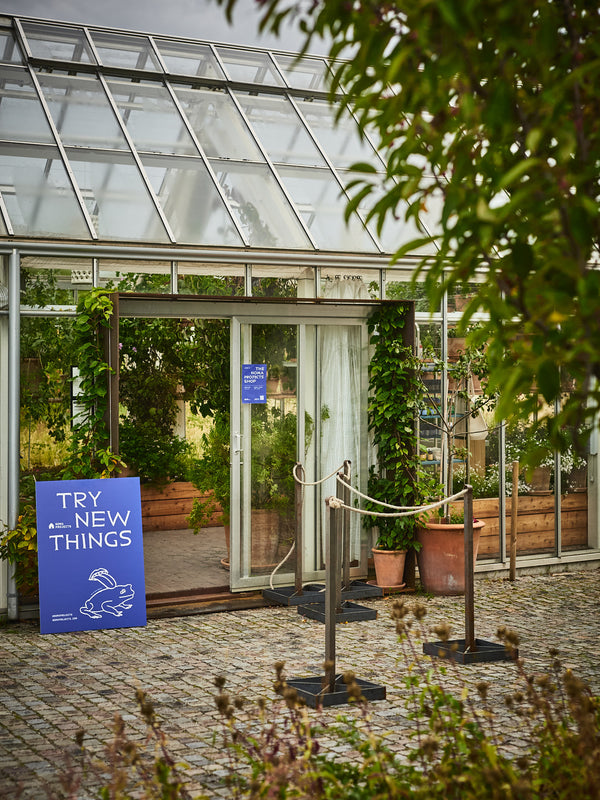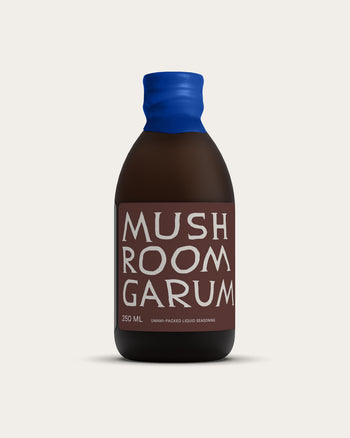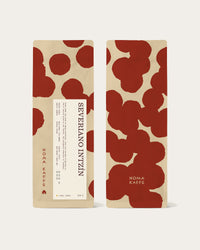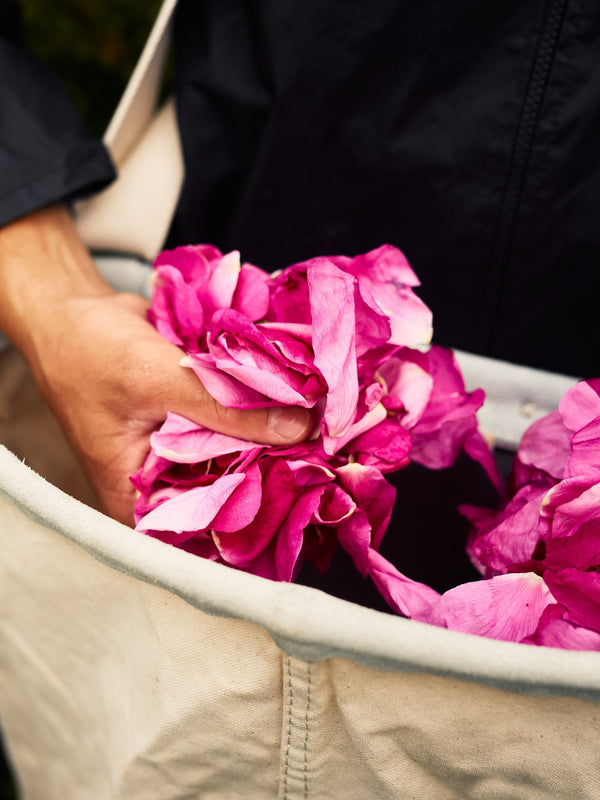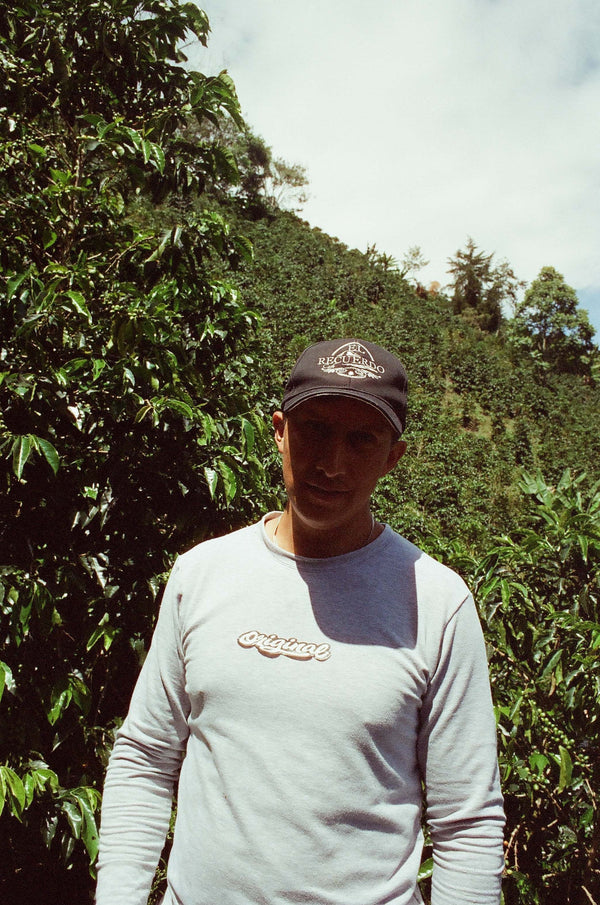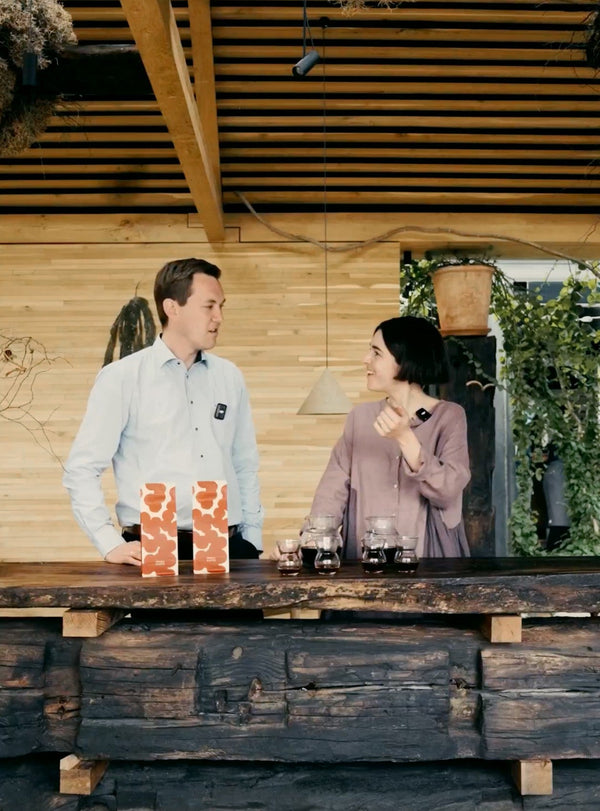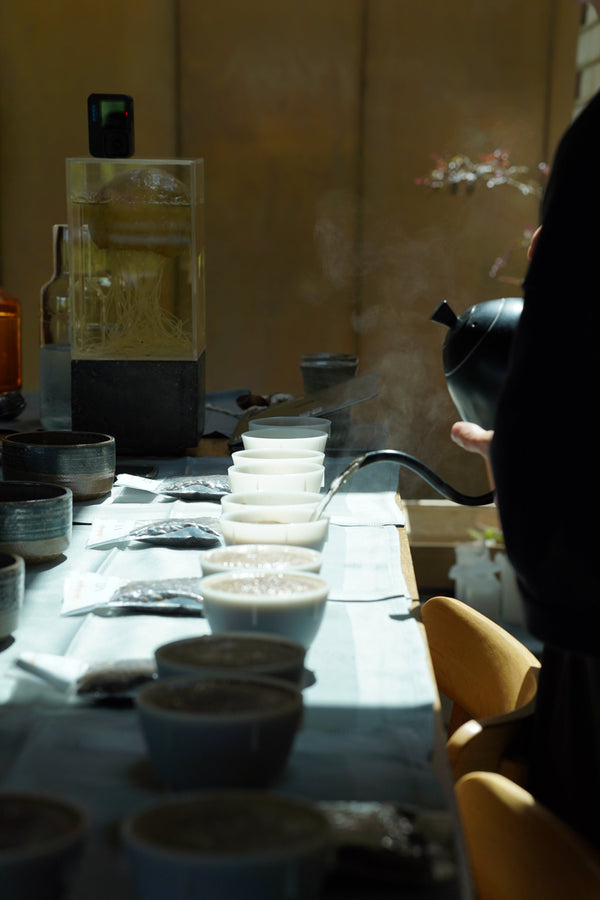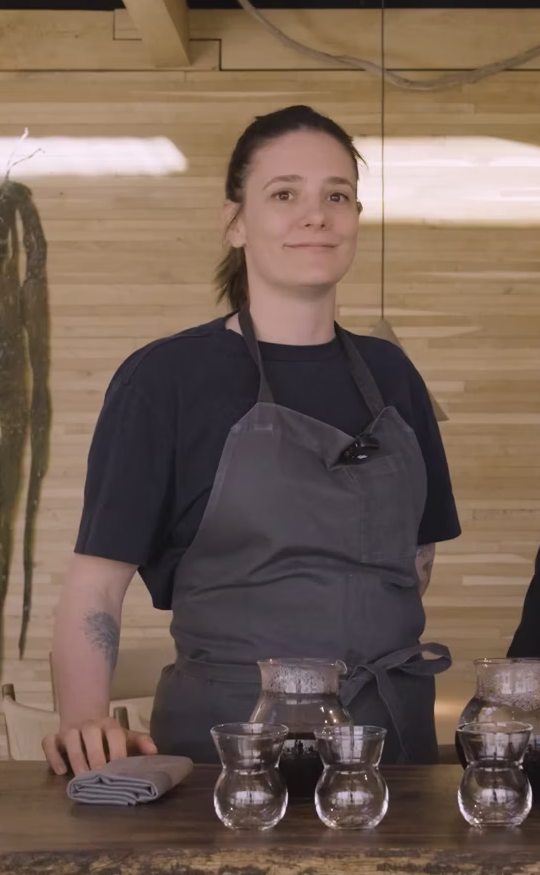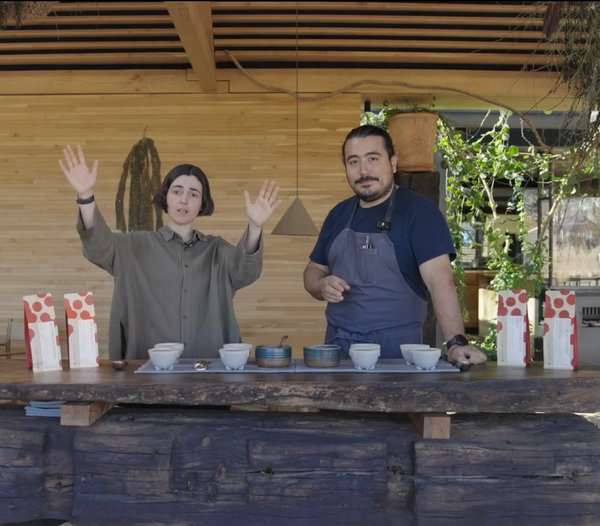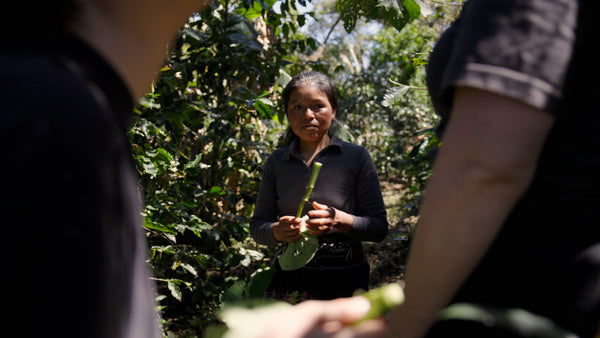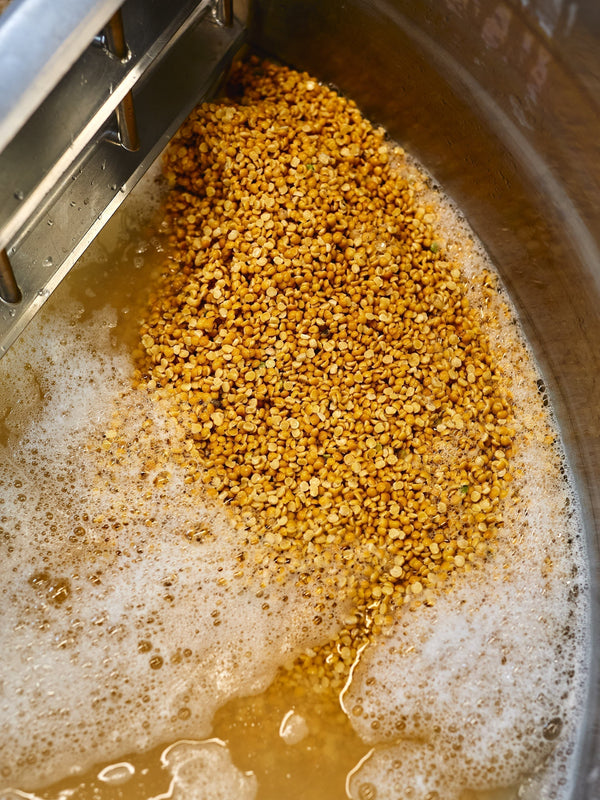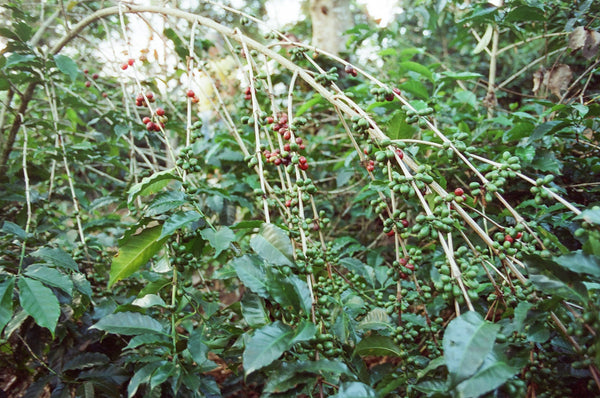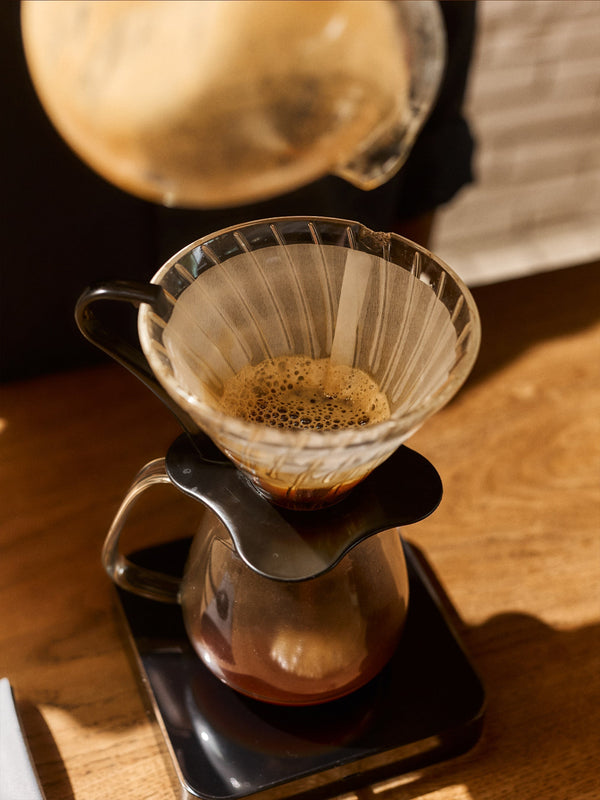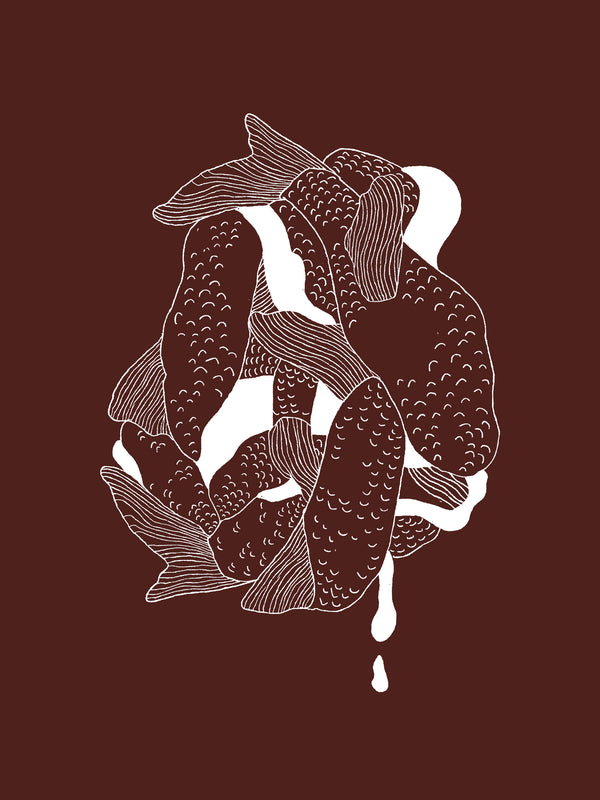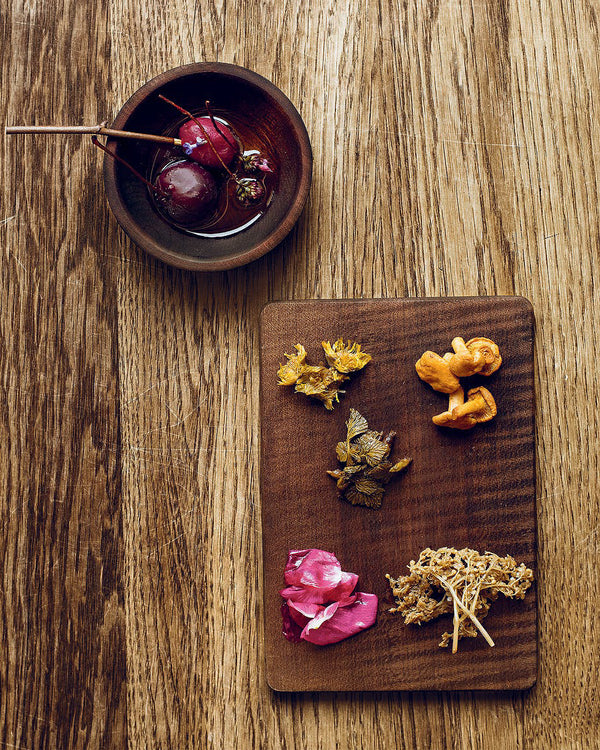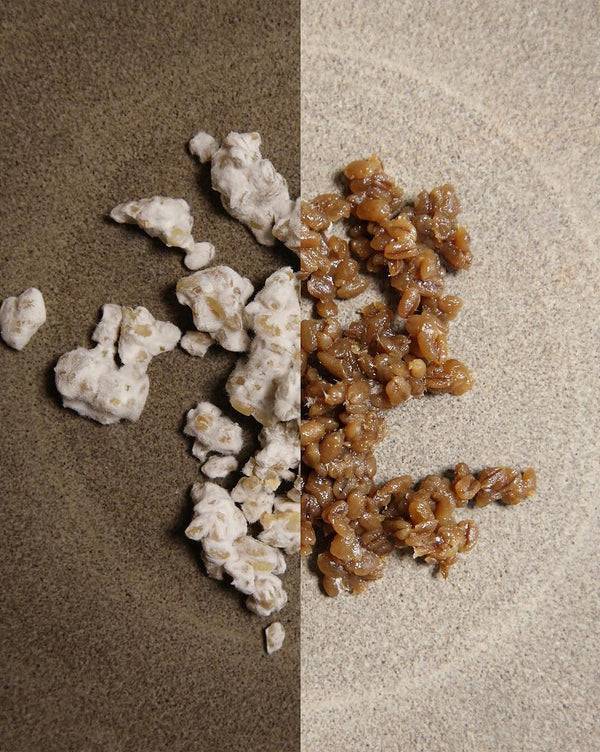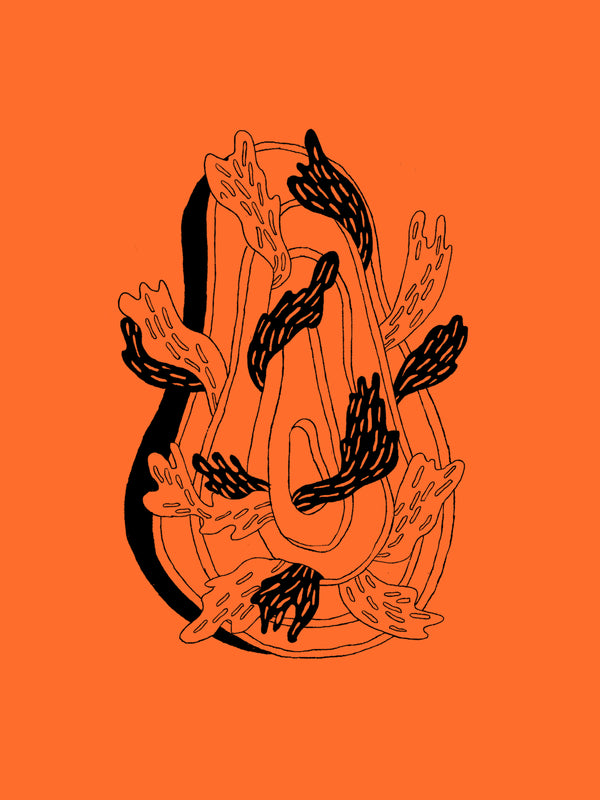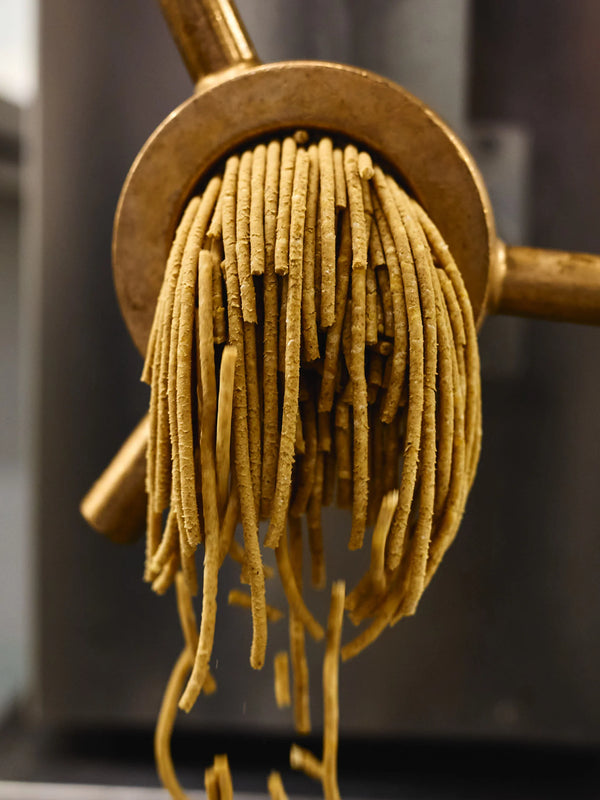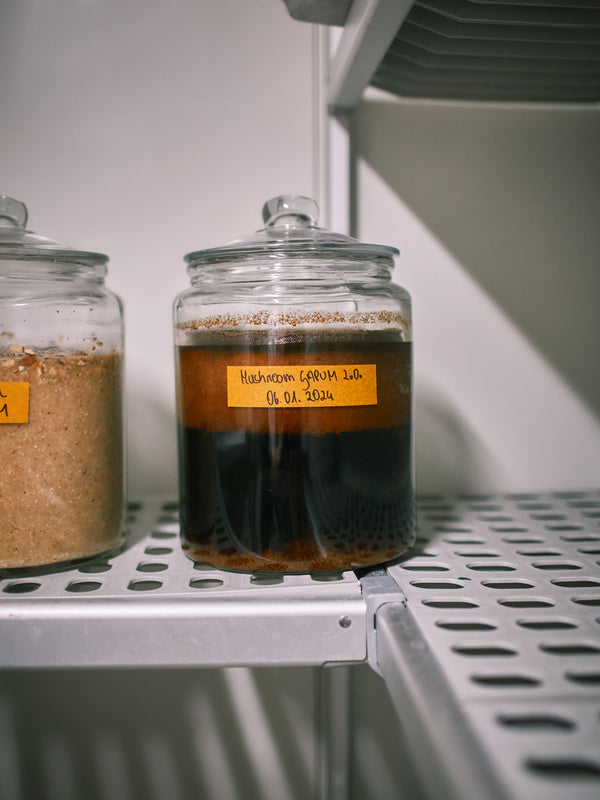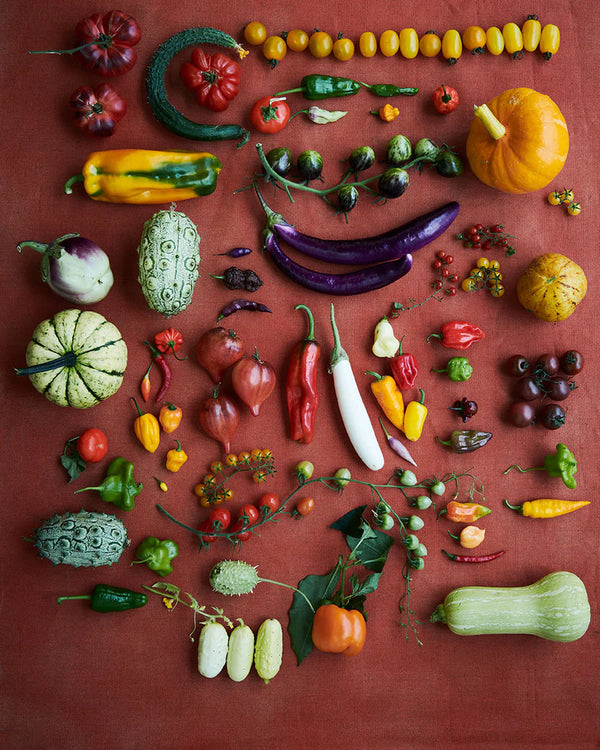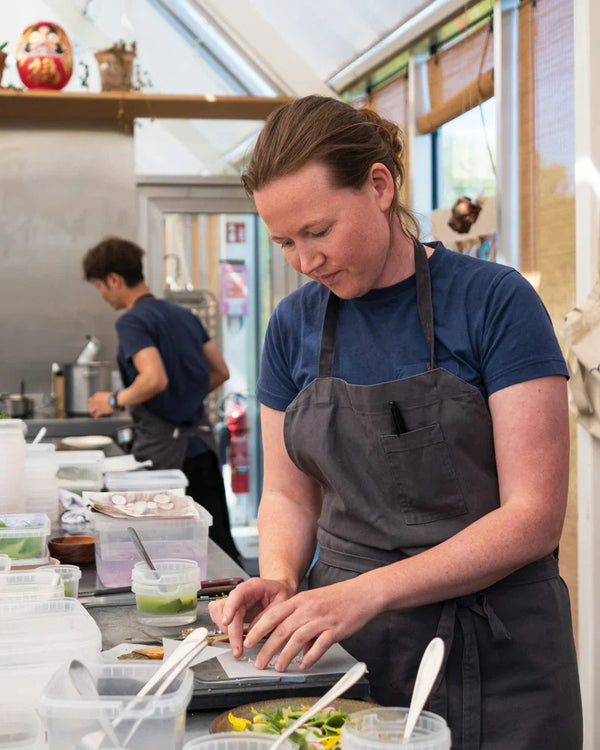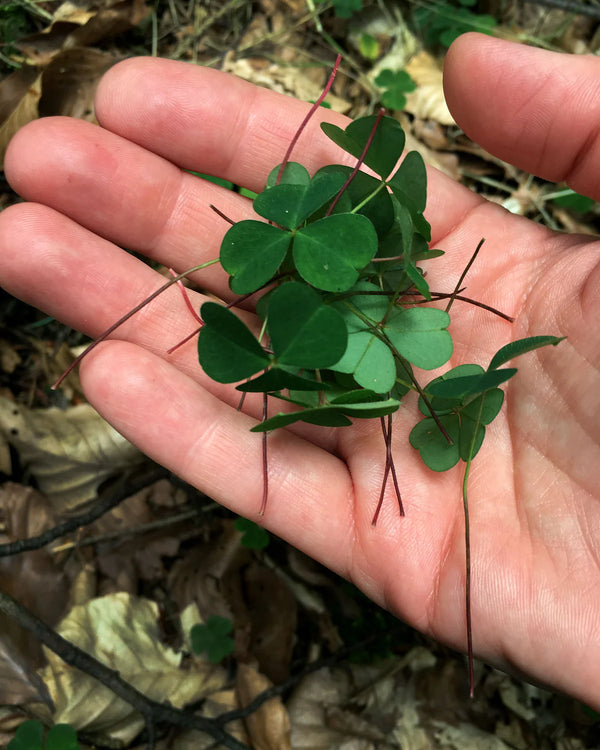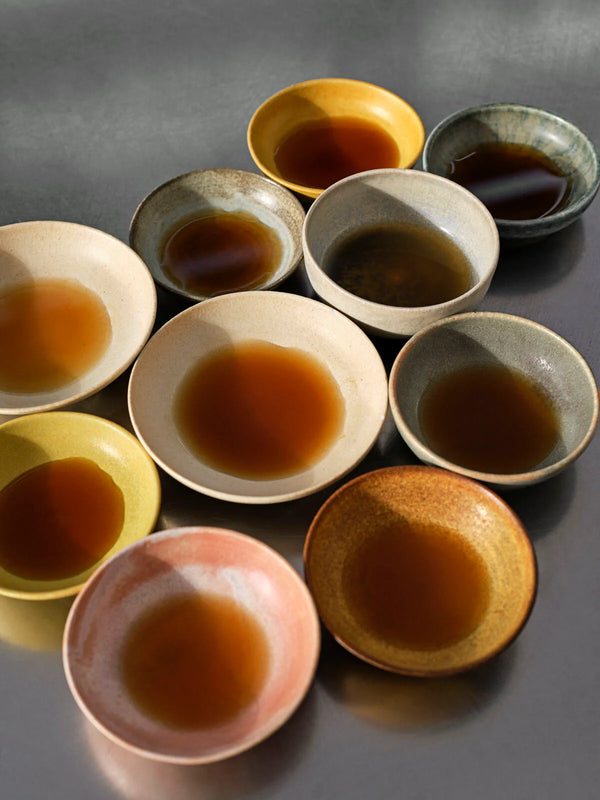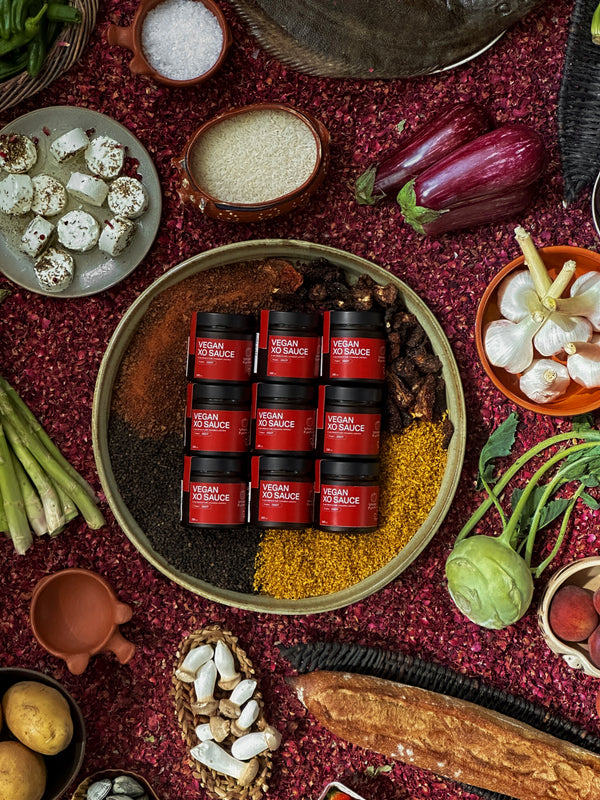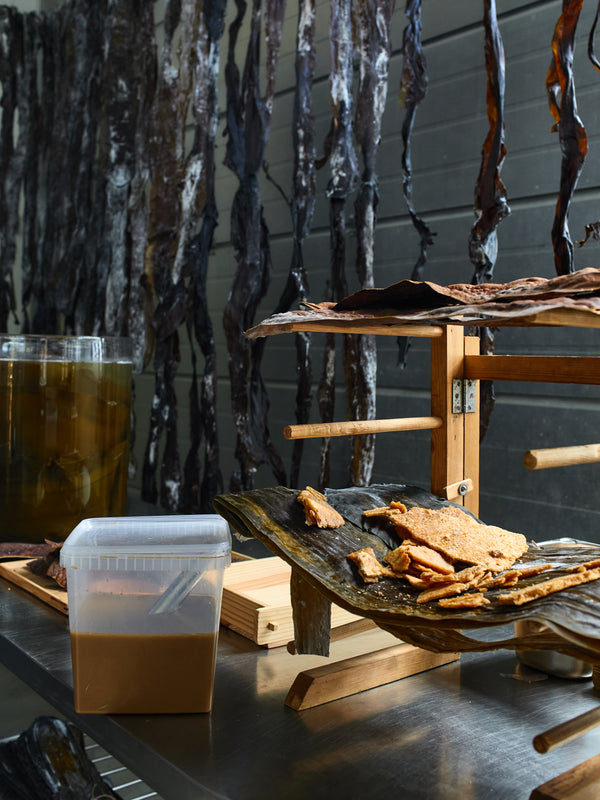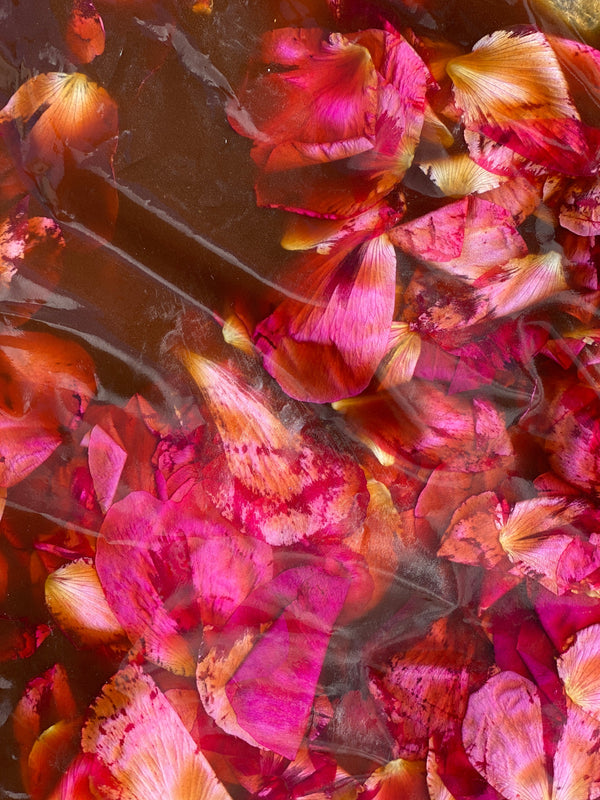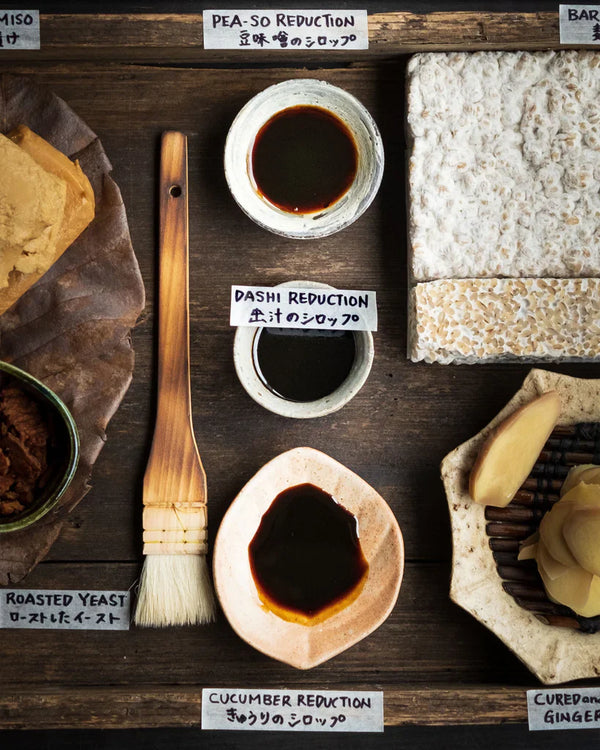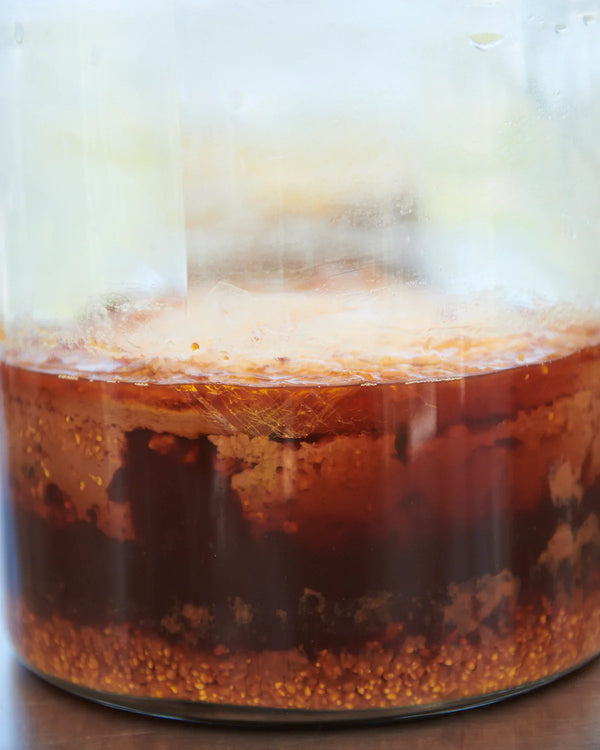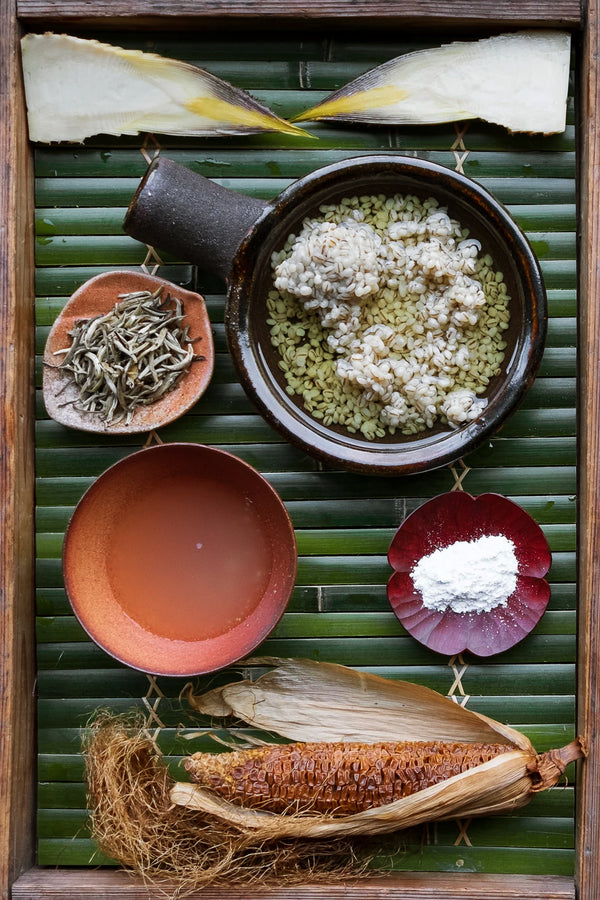My story may appear naïve, given the modern-day popularity of houseplants. Whilst it is now more widely accepted that not all plants like direct sunlight, the coffee industry still seems to be learning the lesson.
There are those who are working to address the coffee industry’s misconceptions. Speaking to agronomist Lalo Perez in an episode of his podcast, Tim Wendelboe describes some of the trees on his own coffee farm in Colombia: “We went on a tour yesterday and… we saw some yellow trees (laughs) with some leaves that were curling up.” He goes on to explain that a conventional agronomist, upon seeing this, would recommend applying nitrogen to the trees.
Perez has quite another take on the matter: “Let’s start by acknowledging what coffee is—it’s an understory plant—which is to say that it’s accustomed to shade. What that means is that it’s very effective at using very little sunlight to photosynthesize a lot. When you put a coffee tree in direct sunlight, it’s a little bit like spraying nitrogen into a gasoline racing car. It turbo charges the car, almost to the point where to be able to use all that energy it demands more gasoline (or, more nutrients) ... And the nutrient that relates most to photosynthesis is nitrogen.”

Luis’ Geisha Tree
Indeed, Tim’s trees did exhibit signs of chlorosis (nitrogen deficiency) but Perez points out that it’s quite another matter when it comes to the same trees grown even under partial shade. Whilst the leaves of the trees growing in full sun had curled in on themselves to protect themselves from the sun’s rays, the leaves of the shade-grown trees were “relaxed, open, green in color - and with no apparent deficiencies.”
You see, the conventional agricultural system assumes the very same thing I did with my first houseplant. Modern coffee farms are planted in a similar way to corn fields—huge, monocultural swathes of land growing only one thing. Coffee. The reigning assumption is that direct exposure to sunlight will make the trees more productive. But the example of certain trees on Tim’s farm points to a very different story—and an investigation into coffee shading from POMA (a coffee research center in Denmark) confirms Perez’ hypothesis. In their greenhouse just outside Copenhagen, they tested the impact of different shading techniques on the growth of coffee trees. In the case of a variety called Geisha, they found that shoot growth increased with heavy shade from 0.46mm per day (full sun) to 0.81mm per day (50% shade). Yields also increased, from 0.17kg of seeds per tree, to 0.23kg of seeds per tree. They discovered the same positive correlation between shading and tree growth across multiple varieties of coffee: indirect contradiction to conventional wisdom, coffee trees seemed to be most productive when grown under the shade.
Great for quantity, sure... But what about quality? When it comes to quality, coffee bean density is a pretty reliable measure: the denser a coffee bean, the more it is loaded with nutrients and complex sugars. Coffee that is grown at high altitude tends to be very dense on account of cooler temperatures that encourage a slower ripening.. This tends to yield more complex sugars and aromatics in the cup. So, too, does shade growing coffee have a similar effect. Both involve growing the coffee at cooler temperatures, which slows fruit maturation, and leads to higher bean density. In fact, going back to the POMA study, we can observe a correlation between shading and coffee density across the board. Geisha benefitted most from heavy shading, which increased its density from 720kg/M³ to 738 kg/M³, whilst Caturra benefited most from partial shading, which increased bean density from 726kg/M³ to 750kg/M³.
These figures may seem somewhat abstract, but the differences have an enormous impact on flavor. About a month ago, I had the chance to experience this impact first-hand at a tasting of the POMA shade experiment coffees. The difference in cup quality between samples was astonishing. Despite being a variety not commonly known for complexity or florality, the shade-grown Caturra was a revelation. It made me think of another example that I had tried one year ago. Stood in a cupping lab in Palestina, Colombia I tasted the Caturra from Luis Alejandro Ortega for the first time. It made such an impression that we had no choice but to go and visit him.

Coffee growing in an ancient forest, Chiapas, Mexico
At Luis’ farm, coffee grows beneath a canopy of tall trees. They were originally planted by his father, who wanted to heal the land, which had previously hosted an industrial corn farm. In his footsteps, Luis nurtures a rich biodiversity at Finca La Cabaña. As we walk through it, he plucks leaves from a tangle of wild herbs for us to taste. The sun wanes, casting tall shadows from even taller trees. It’s already easy to romanticize the sight of a coffee farm during golden hour. But the sight of Finca La Cabaña, in all its lush vitality, made a mark for quite another reason. Having road-tripped across Colombia the few days prior to our visit, we had become accustomed to the sight of the monocultural coffee field – They whizzed by our car windows as we passed through coffee country. La Cabaña was so touching because it was so alive. Going back to that Wendelboe podcast, Perez puts it quite succinctly:
“It just takes visiting a place to see lushness and vigor and health… and to see death. It’s not so hard when you’re standing there... the quality decreases in the cup when the qualities that surround it also decrease.”
Quality in the cup... it’s something we vigorously measure in the roastery. When we receive newly arrived coffee in Copenhagen, the first thing we do is analyze the samples. One of the measurements we take is density. Not only did Luis’ coffees rank the densest of all our Colombian coffees this year, but they were also our densest coffees... full-stop. In fact, his Caturra sits close to the top of our readings, at a whopping 841/M³. With the Geisha following at a close second. No surprise then, that the growing conditions of Luis’ coffee trees seem to directly correlate with the POMA study: the Caturra is planted in partial shade, whilst his Geisha thrives in the comparatively heavy shadow of Luis’ citrus trees. We have chosen to include both varieties in this month’s subscription.
Of course, it remains to be said that agriculture is a very complex system; it’s difficult to accredit shade alone for the exceptional quality of Luis’ coffees. One thing’s for sure though - the experiences of both us and our colleagues all point towards a very simple truth - coffee is a forest plant.
Noma Kaffe sources coffee from Colombia in collaboration with Tyler Youngblood of AZAHAR.
To listen to Tim’s conversation with Lalo Perez, click here.
To read Poma’s shading study, click here.
